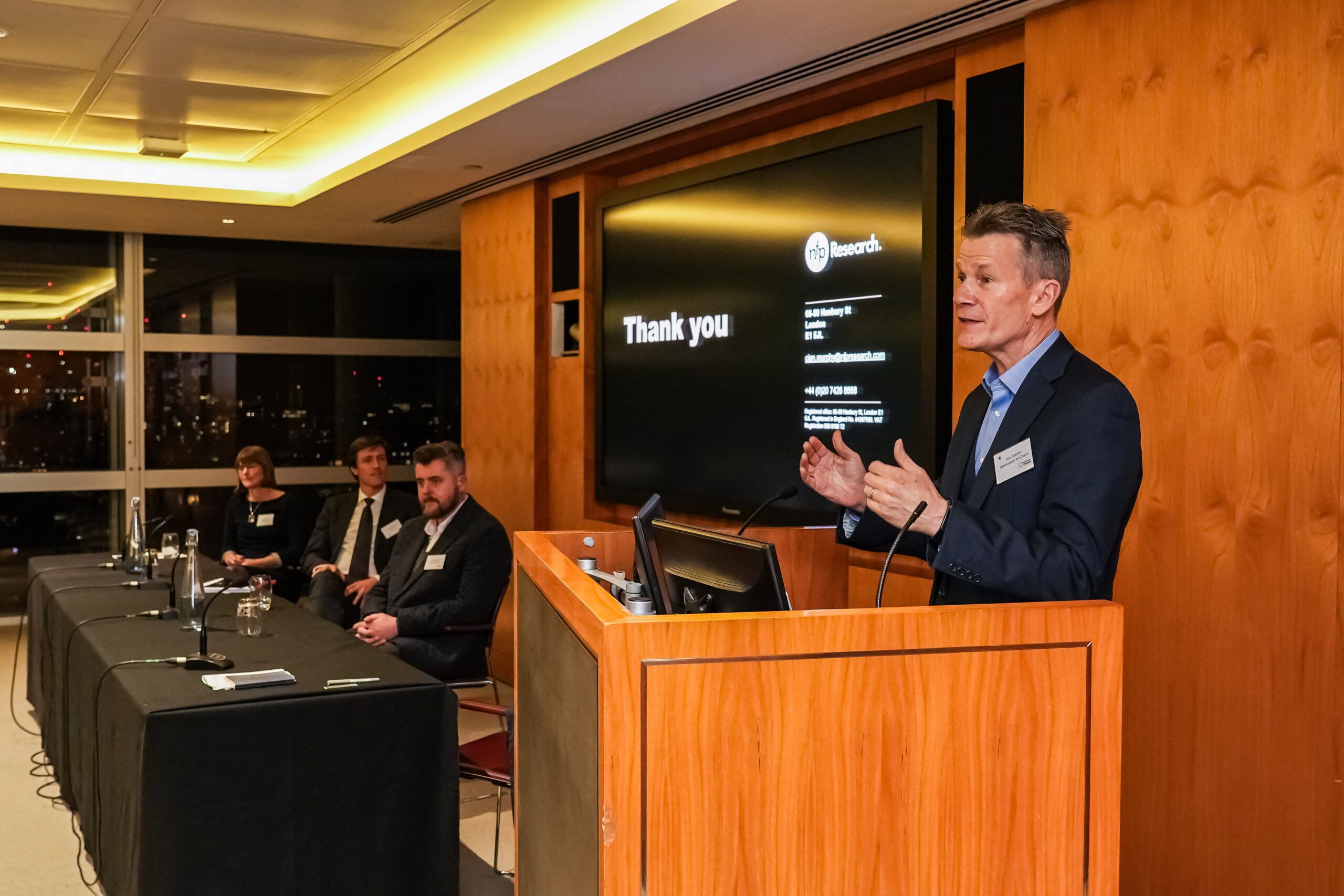When charity boards sit in their quarterly meetings and the agenda turns to risk, the conversation often revolves around compliance frameworks, audit trails, or safeguarding checklists. Yet, beneath every spreadsheet and policy lies the most powerful and unpredictable force shaping your organisation’s resilience: its culture.
Culture determines how people make decisions, how they share information, and how they behave when no one is watching. It’s the unspoken system of beliefs and habits that influences whether risk is confronted early or buried quietly, whether innovation is welcomed or punished, and whether trust thrives or erodes. Culture is not an abstract concept; it’s the environment in which every decision succeeds or fails.
When culture becomes a threat
For many charities, cultural risks are invisible until they explode into public view. A safeguarding failure, a financial misstep, or a reputational crisis rarely originates from a single bad decision. These threats emerge from an organisational atmosphere that allows warning signs to go unrecognised and those with the courage to speak up to go unheard.
- A culture of fear and silence discourages staff from raising issues early enough for intervention and erodes psychological safety.
- A culture of overconfidence leads to unchecked assumptions and resistance to challenge.
- A compliance-driven culture (often found when internal controls replace real risk management) treats risk management as a bureaucratic exercise, producing policies that are technically sound but behaviourally hollow. A singular focus on compliance allows staff to hide behind processes and systems that may no longer be fit for purpose or, even worse, may no longer provide value or may be compromised.
These dynamics are not unique to the charity sector, but they are particularly acute here. Charities often operate under resource pressure, moral pressure, and donor scrutiny, which, when combined, reward caution and punish experimentation. When people believe their funding, reputation, or jobs depend on avoiding mistakes at all costs, they become risk-averse to the point of paralysis. And yet, in complex social missions, refusing to take risks can be riskier than taking them. What impact can you make if you are frozen by fear?
The opportunity: Culture as the engine of resilience
This is where a shift in perspective becomes powerful. Reframing risk not as something to be avoided but as something to be understood and managed in the service of objectives can enable organisations to identify ‘weak signals’ and indicators of opportunities to deliver real impact for the communities they serve. Instead of dwelling on the threats, reframing risk moves thinking from “risk averse” to “risk informed.”
Viewed this way, culture becomes an enabler of success instead of a drag on impact. A healthy risk culture fosters transparency, shared accountability, and encourages evidence uptake. It allows teams to raise concerns without fear of retaliation, share ideas without judgment, and experiment responsibly. It turns the organisation’s collective awareness outward toward possibility instead of inward toward self-protection.
When staff trust that leadership will respond constructively to bad news, they surface problems early. When trustees invite open dialogue about uncertainty, teams feel safer to test new approaches. And when funders support ‘risk-sharing’ rather than ‘risk-transfer’, charities can pivot quickly and improve continuously. Combined, these shifts result in better initiatives that deliver more impact.
The trustee’s role in shaping culture
Culture starts at the top, and trustees set the tone. This is not done through slogans or values statements, but, instead, through the way boards make decisions, ask questions, respond to difficulty, and model the behaviour they expect to be modelled by the senior leadership team.
Boards that see risk only through the lens of compliance create organisations that mirror that fear. Boards that embrace curiosity, reflection, and adaptability build resilience from the inside out. The difference lies in the types of questions trustees ask:
- Instead of “What could go wrong?”, ask “What could help us succeed faster?”
- Instead of “Are we compliant?”, ask “Are we learning?”
- Instead of “Who is responsible for this failure?”, ask “What signal did we miss?”
Trustees should also ensure that management incentives reward candour and improvement, not just performance. Leadership teams must feel safe to admit uncertainty, report emerging risks, and experiment with solutions. These conversations are crucial when culture is shaped.
Conclusion: Culture as the core of organisational resilience
Organisational culture is the most significant and least understood risk factor facing charities today. It can erode trust or build it, stall progress or accelerate it, and conceal truth or reveal it. But it is not static, and it can be changed with cultivated intent.
For boards and leadership teams, the task is not to manage culture as a risk but to harness it as an opportunity. By embedding principles and approaches such as curiosity, transparency, and forward-looking dialogue, trustees can create organisations that are both safer and braver.
The link between culture and risk may not appear on an org chart or in a committee briefing paper, but it’s the foundation of any resilient, bold, and adaptable organisation. Because in the end, culture is not what trustees or leadership say it is; it’s how your staff feel every day and how those feelings influence their work.
About the author
Sabrina M. Segal is the Director of The Risk Collaborative, a nonprofit initiative partnering with the UK Charity Finance Group focused on rethinking, redesigning, and rebalancing the power in the third sector through the lens of risk.
- Learn more about The Risk Collaborative.
- Connect with Sabrina on LinkedIn.
Want to know more about risk and other crucial topics?
As a member of the Association of Chairs you’ll get to attend webinars led by experts such as Sabrina Segal, who wrote this blog. You’ll also get access to over 40 bespoke member resources, including on topics such as risk, appraisals, trustee recruitment, succession planning, and much more.


